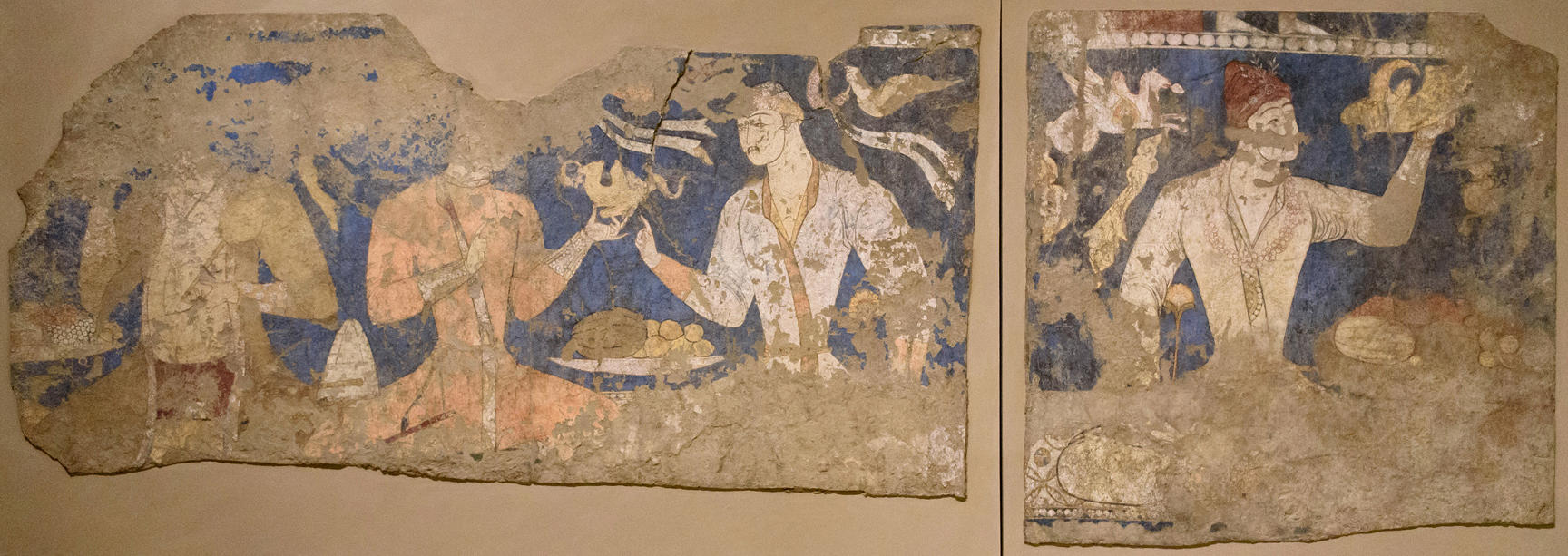
Try Amazon Audible Plus
"Artist's Feast", Piandjikent
Hermitage Museum, St. Petersburg
 | |||
| 1st figure & helmet Artist's Feast", Panjakent |
2nd figure Artist's Feast", Panjakent |
3rd figure Artist's Feast", Panjakent |
4th figure Artist's Feast", Panjakent |
